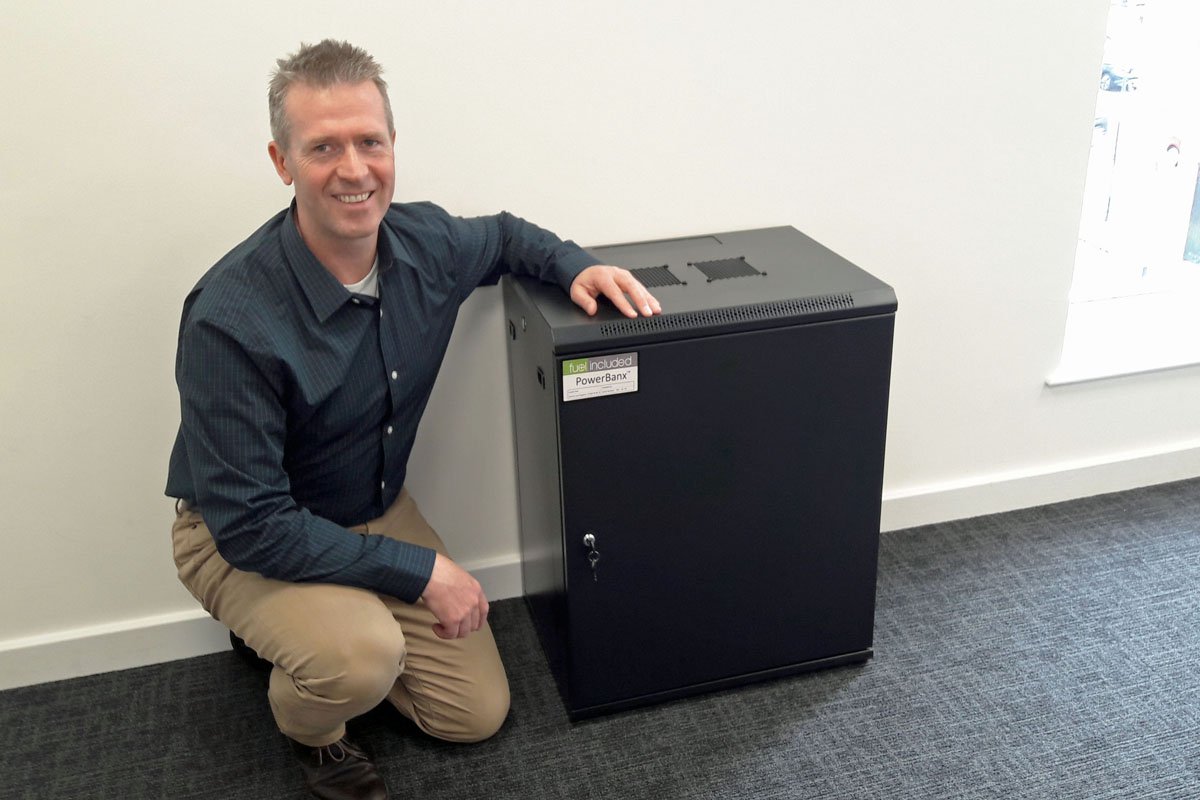When a financial crisis begins to unfold, it’s hard to assess the impact until well after the fact.
The dot-com crash that started in 2000 and the subprime mortgage crisis that started in 2007 played out over several years. The S&P 500 recorded three consecutive double-digit losses from 2000 through 2002. Then after a weak 2007, the index dropped nearly 40% in 2008.
During these events, you just didn’t know on a day-to-day basis how bad things would turn out. You could only pinpoint the start and end of these crises with a couple of years of hindsight.
But sometimes an event looks like it will be more significant than it turns out to be. Oil prices fell nearly 20% during the 2002-2003 SARS outbreak, but the impact was relatively short-lived because the outbreak was brought under control. There was an economic impact, but it wasn’t extensive.
We don’t know when the next crisis is coming. We don’t even know whether it has started. But there is a candidate. Nearly 80,000 people have now been diagnosed with Covid-19, a new strain of coronavirus. The death toll has now exceeded 2,000, nearly all in China.
Beijing is taking aggressive measures that are hurting the Chinese economy. (At least one economist is warning that the virus will paralyze China). Oil prices have already shed 20% on fears of a slowdown in the Chinese economy. Citigroup analysts have suggested that the virus could reduce oil demand by 1 million barrels a day (BPD).
Read more: Forbes





